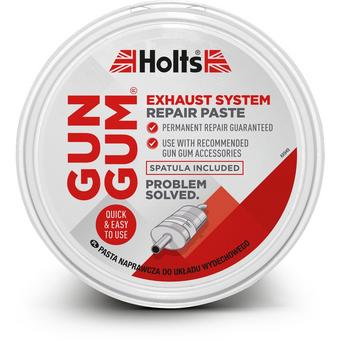I need to re-make a wire wound resistor for an old sunbeam mixer. From the research I've done, it seems to use 36 AWG nichrome 60 wire. It's wrapped around a ceramic core. I need to coat the resistor with something, and I have no idea what to use. There was a guy who used to rebuild these, and I have a picture of the coating he used, but he doesn't make them anymore.
It originally had some type off white coating that may have been some type of ceramic or plaster. This was from the factory in the 60s or 70s.
I found something called Cerama-Dip, but the smallest jar is over $100. I also saw a recommendation on a similar thread about using sodium silicate.
Any recommendations would be greatly appreciated. I know they heat up quite a bit, so it needs to be high temp resistant.
Picture of brown coating this guy used to use....

It originally had some type off white coating that may have been some type of ceramic or plaster. This was from the factory in the 60s or 70s.
I found something called Cerama-Dip, but the smallest jar is over $100. I also saw a recommendation on a similar thread about using sodium silicate.
Any recommendations would be greatly appreciated. I know they heat up quite a bit, so it needs to be high temp resistant.
Picture of brown coating this guy used to use....

